An end user is a person who uses a product or service. This individual isn't necessarily the one who purchases a product but the one who ultimately uses it. The term is often used in the technology industry to define a customer's employees who use certain products or services.
In this article, we'll make the difference between a customer and an end user clear, review several types of end users, and learn how to improve end user experience.
What is the difference between a customer and an end user?
These two terms are often perceived as the same, yet they aren't. Let's review each of them to understand the key difference.
A customer is a person or a company that buys a product or service from an individual or a brand. Customers play a significant role in the selling process and growth of various businesses. Firms compete with each other, offer new high-quality products, and reduce prices just to increase their customer base. For example, when you go to a supermarket, purchase some fruits, and eat them, it means that you are a customer.
An end user is a person who uses a product or service. This individual shouldn't necessarily be a buyer of the product to consume it. Say, you work in a marketing agency. You are provided with the necessary devices, such as a laptop, smartphone, or earphones to do your job. In this situation, you are an end user.
Simply put, the main difference between these terms is that a customer purchases and consumes a particular product, while an end user only uses it. Now when the main difference is clear, let's walk you through the types of end users.
Types of End Users
There are different types of end users. They can be individuals, entrepreneurs, or companies. Graphic designers create company logos, websites, graphics, and layouts for product installations by using laptops and other additional devices of their employers. Secondary marketing research companies conduct surveys, obtain results, and then sell them to their business customers who use this information to their benefit.
Now that you are acquainted with the types, it's time to figure out how to improve the end user experience you provide with our tips.
How to Improve Your End User Experience
- Make sure your interface is user-friendly
- Stick to consistency
- Optimize your site's loading time
- Conduct surveys
- Ensure readability
- Take your users' reviews and feedback into account
- Create a visually appealing website
- Design a mobile version
User experience is a top priority for every company. It shapes the first impression and depends on many factors. We've prepared some excellent practices to help you in improving your product or service for the best. Stick to our tips to increase the end user experience your company offers.
Make sure your interface is user-friendly
With a user-friendly site and easy navigation, you can reduce search time and ultimately improve satisfaction with your product or service. This way, you fulfill the needs of end users quickly and efficiently. As a result, your company receives a high sales volume, develops customer loyalty, and reduces extra costs.
Let's take Uber Eats, for example. This online food delivery service provides users with convenient desktop and mobile versions of its site. You can see Uber Eats for laptops below.
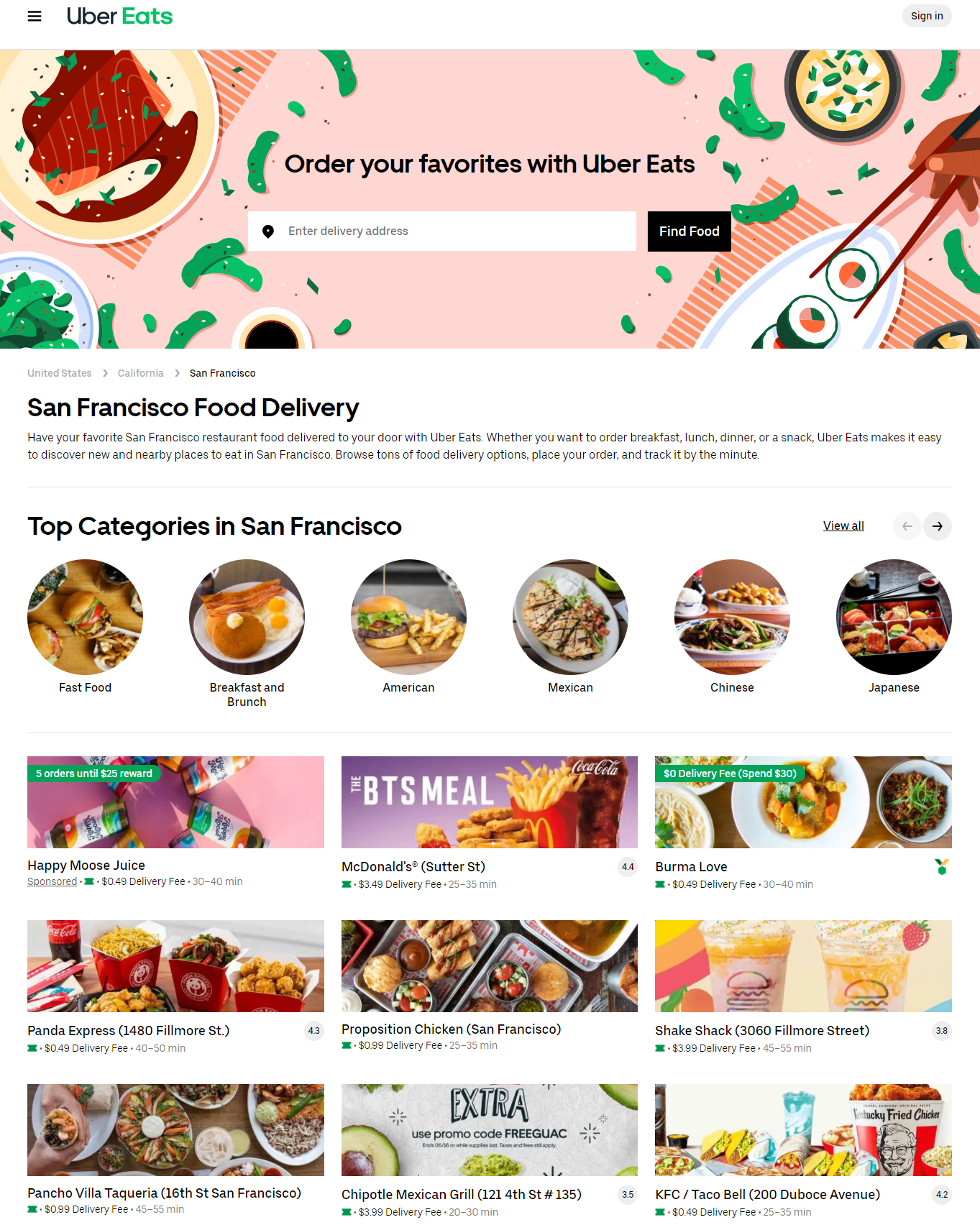
To compare, let's review its version for smartphones. A user doesn't have to swipe right and left because of the convenient menu. A clear, big, and easy-to-tap CTA "Find Food" is in the center to invite people to order food.
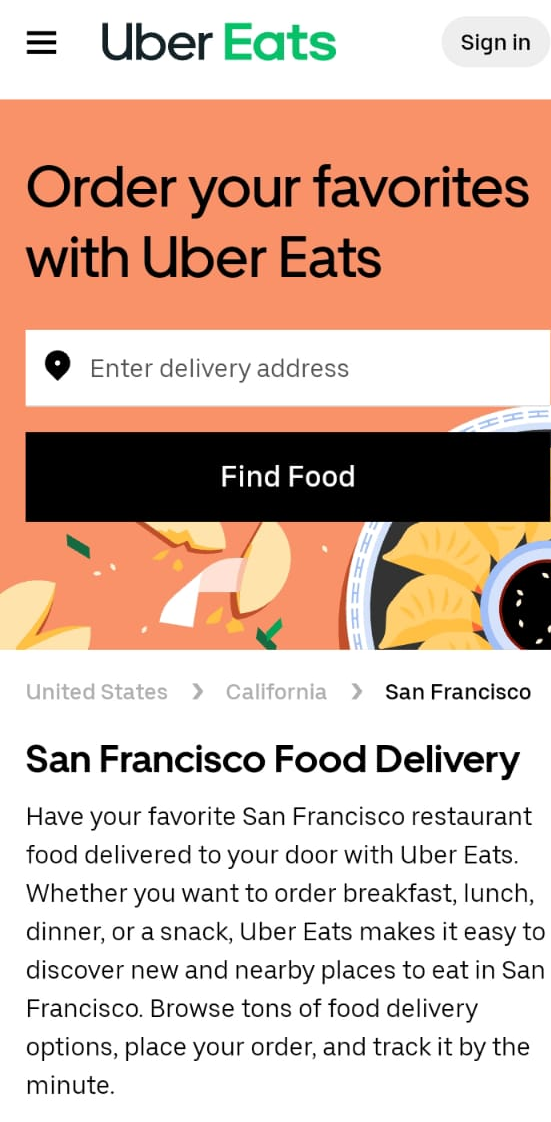
Stick to consistency
If you want your users to take your brand seriously, then you need to be consistent. The color scheme of your email campaigns should match your website and advertising campaigns. Besides, be consistent in using fonts, coloring, heading size, buttons, spacing, style, images, and visual elements across all your communication channels. Make sure that the chosen website design fits your product. With consistent content, you can provide value and knowledge to users quickly.
SendPulse is an excellent example of consistency. Its website, blog, glossary, and email campaigns use blue background, white font, and visual elements in the same style.
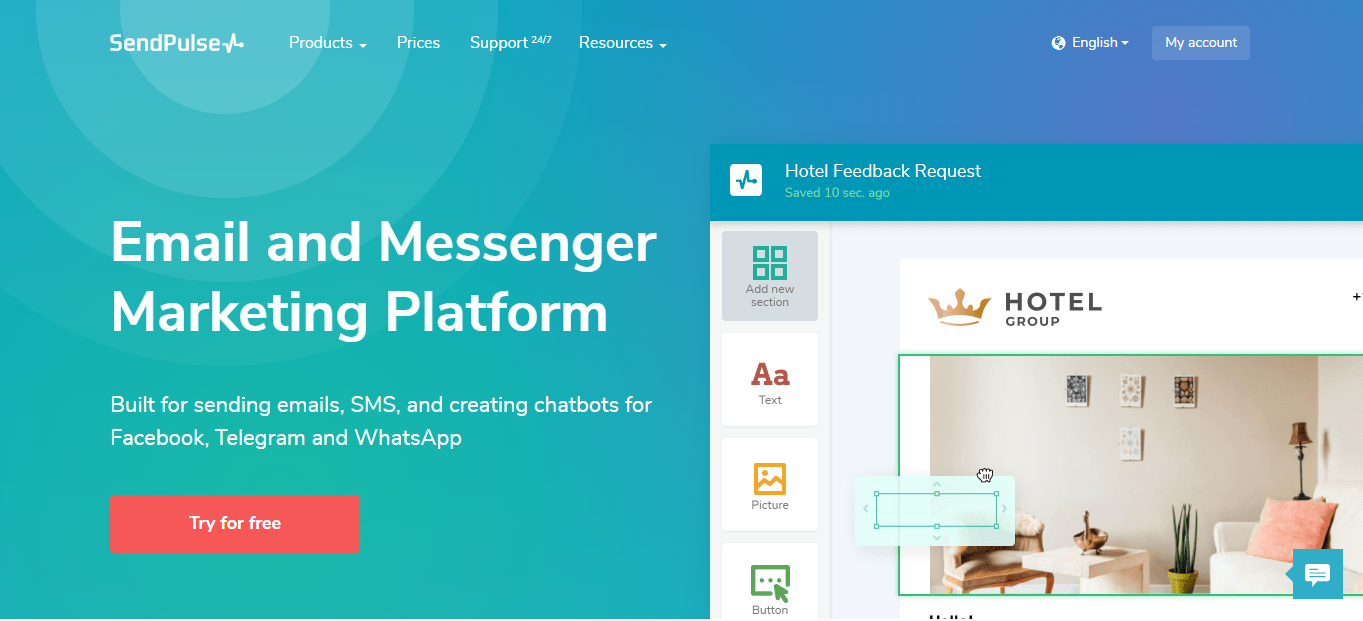
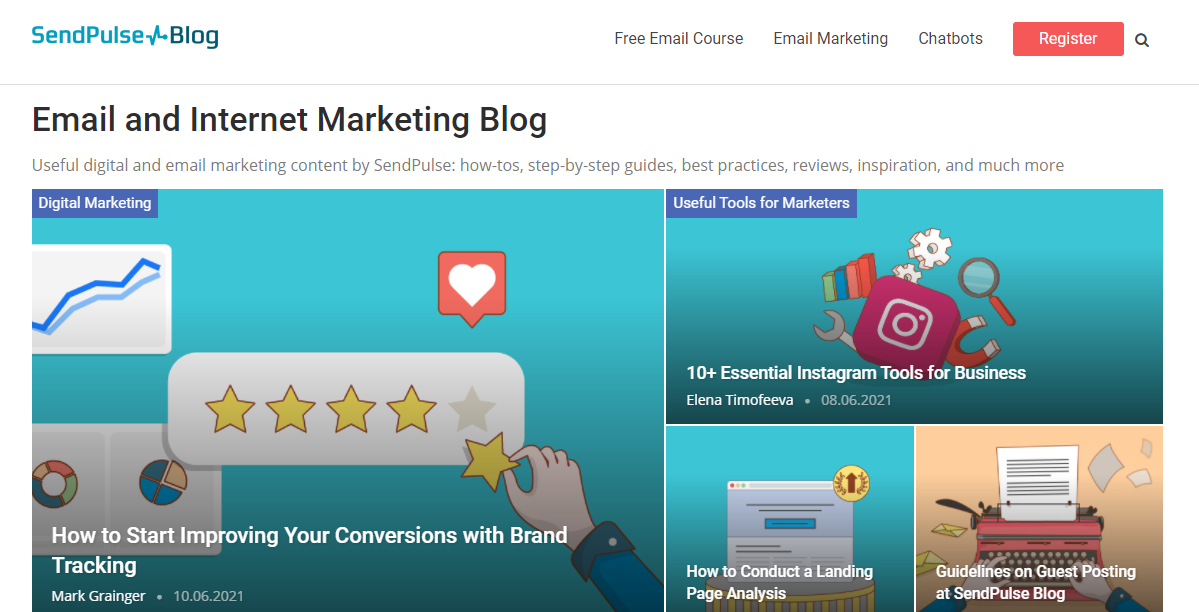
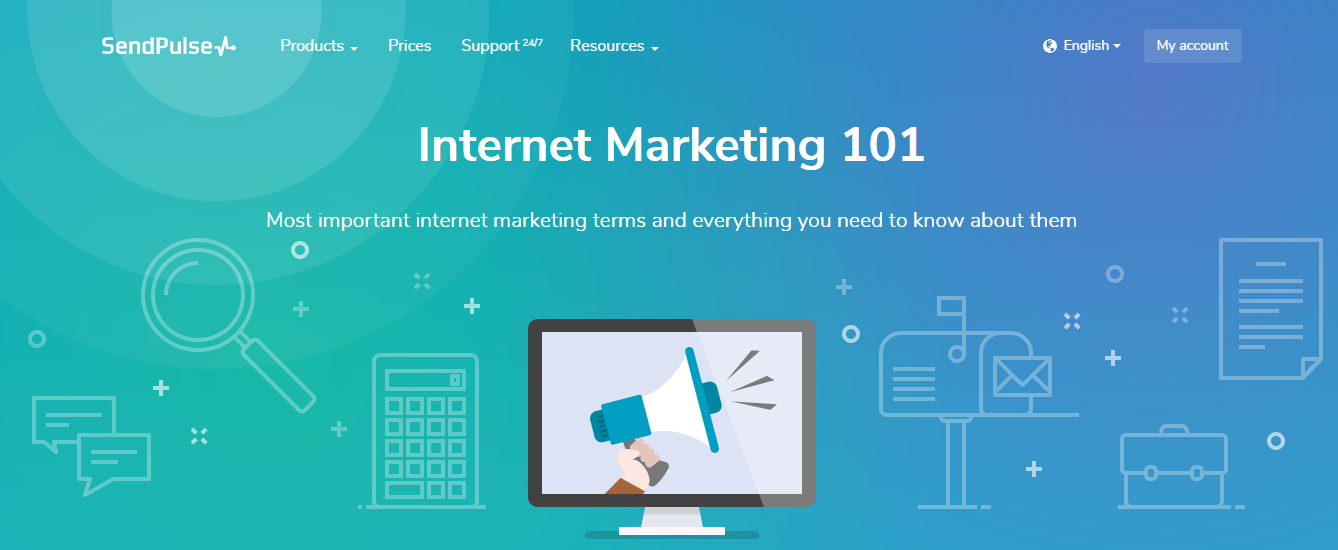
Optimize your site's loading time
Website speed impacts everything from sales to search engine performance. It influences the decision of an end user whether to continue staying with your company. To avoid losing customers, evaluate the site's speed by leveraging tools like Google PageSpeed Insights and Pingdom. If the results are unsatisfactory, you should strive to improve your site's loading time by optimizing the size of images, moving to a better host, reducing plugins, decreasing the number of JavaScript and CSS files, etc.
Take a look at the results of assessing the speed of the desktop version of SendPulse, a marketing automation platform.
Conduct surveys
If you want to figure out whether users are satisfied with your product, you can use surveys. As an option, you can conduct them on your website to get to know your customers better and offer them the right products in the future.
For example, Thrive Market, an online store with healthy food, asks new visitors about products they buy most often.
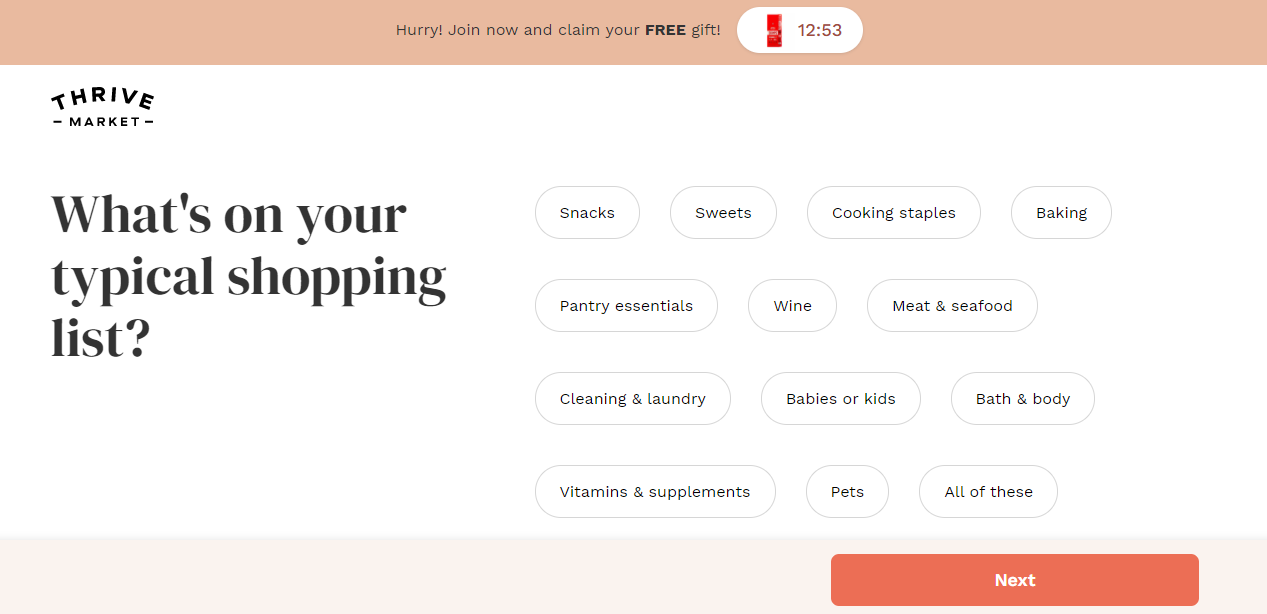
Ensure readability
Since the majority of people don't want to waste time and effort on learning about companies, it's critical to provide them with the appropriate information. Website readability identifies how easily your users can read and understand the information on your web page.
Easy-to-digest copies are more likely to convert consumers, inspire them to act, and retain customers. To make your content more readable, use large fonts, color contrast, adequate line height, enough white space, short paragraphs, lists, and large buttons so that users can tap them on their smartphones.
For example, Pixpa uses short and sweet headings, short paragraphs, visuals, and lists to make it easier for users to perceive the information about the platform.

Take your users' reviews and feedback into account
Remember that your users are the most valuable source of information about your product. By obtaining reviews and feedback, you have an excellent opportunity to improve your product. Go through the messages from your customers to find out the benefits and drawbacks of your product. This way, you can identify the missing features or problems with your service.
For example, Jared, a jewelry house, encourages people to rate its products and write reviews for pleasant rewards.
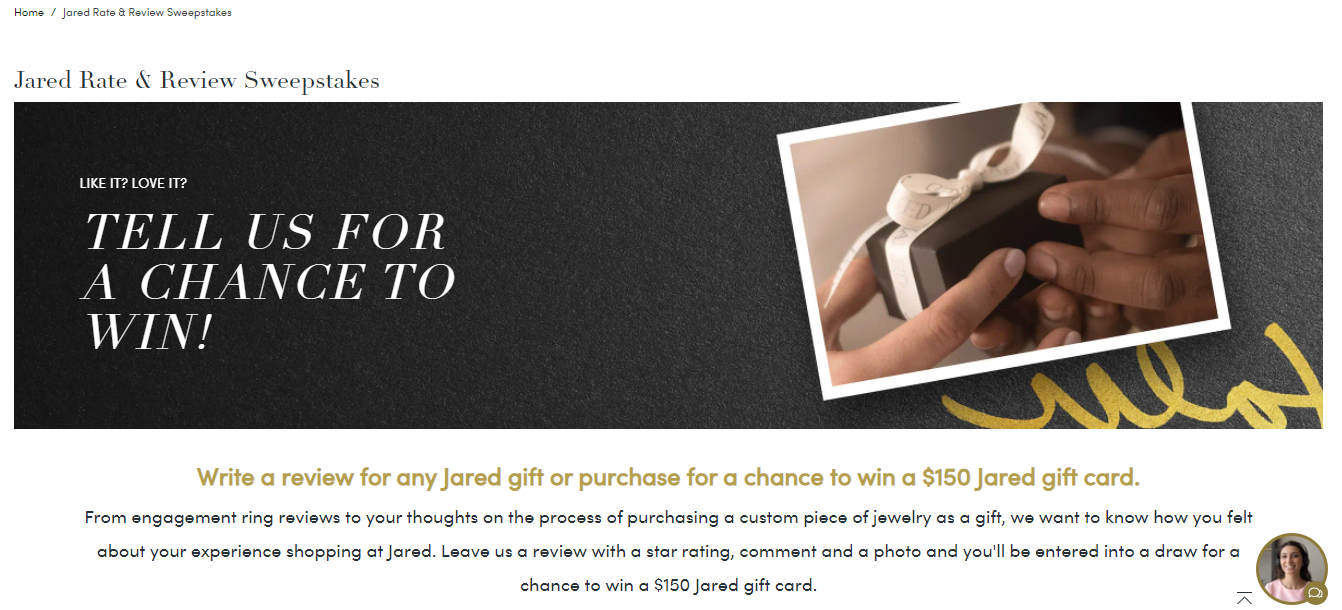
Create a visually appealing website
According to Parqa Marketing, 46% of customers make their decisions based on the site's visual appeal and aesthetics. Designing a visually appealing site is critical since it helps convey your message in the right manner and evoke emotions like trust, interest, satisfaction, joy, confidence, and hope. Attractive websites are more likely to be visited again by companies, agencies, or individuals.
Nectafy's team knows for sure how to reach their users through visual design and evoke trust. Users can immediately appreciate the correct color scheme and visual elements that evoke positive emotions when visiting its site. The website has clear headers, copy, and settings that simplify the process of acquaintance.
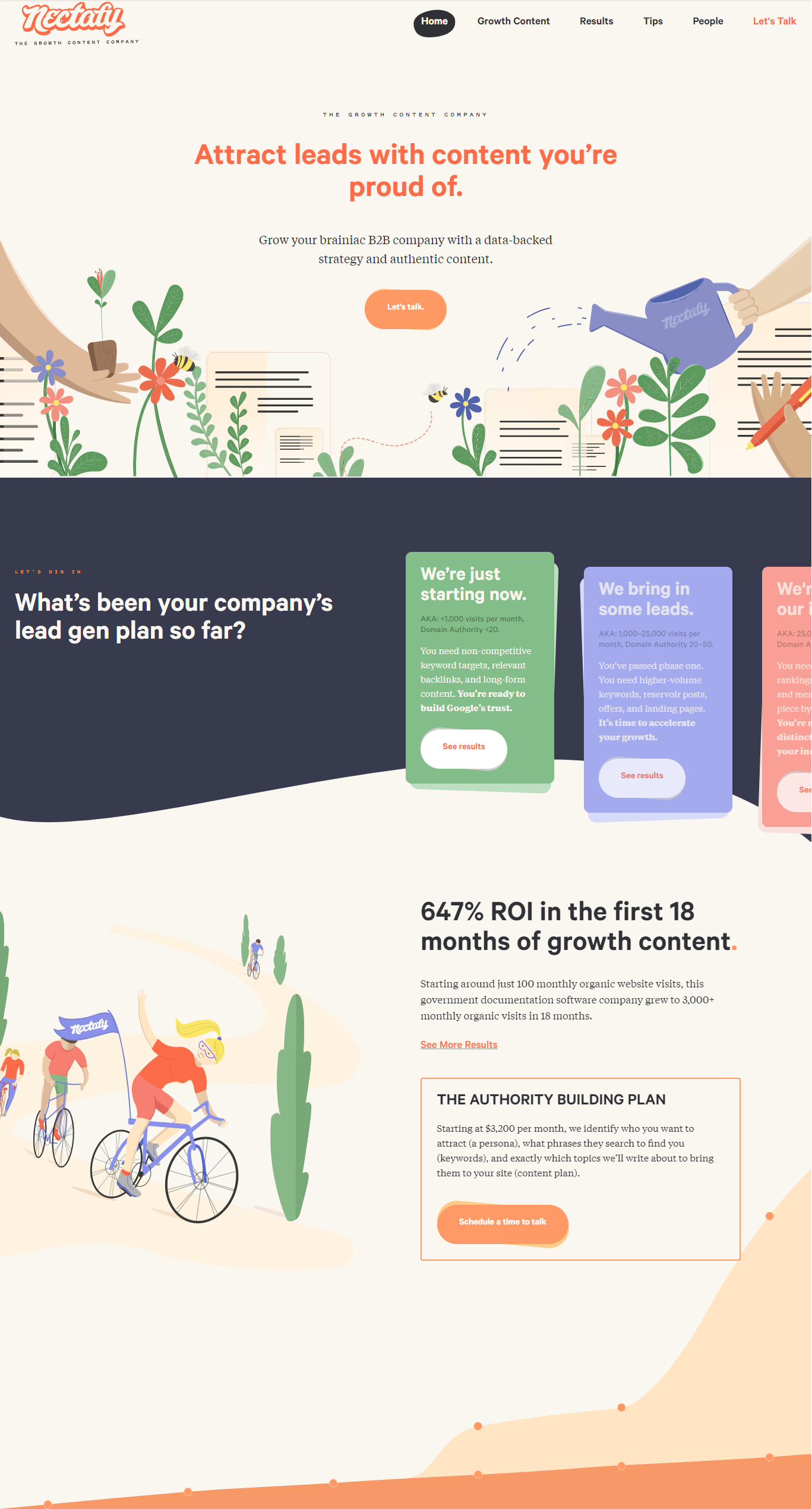
Design a mobile version
Today, when the number of smartphone owners is steadily increasing, designing a convenient mobile landing page is a must. Since 51% of internet users leverage products and services via their mobile devices, it's advisable to ensure an excellent customer experience.
Let's take Oysho, for example. This clothing company provides its users with an opportunity to shop from a phone. Its mobile version includes a clear-cut menu, a visible large call-to-action button, and enough white space. A visitor can swipe left to jump into the new collections of different clothes. To see all new items, a new user just needs to swipe down.
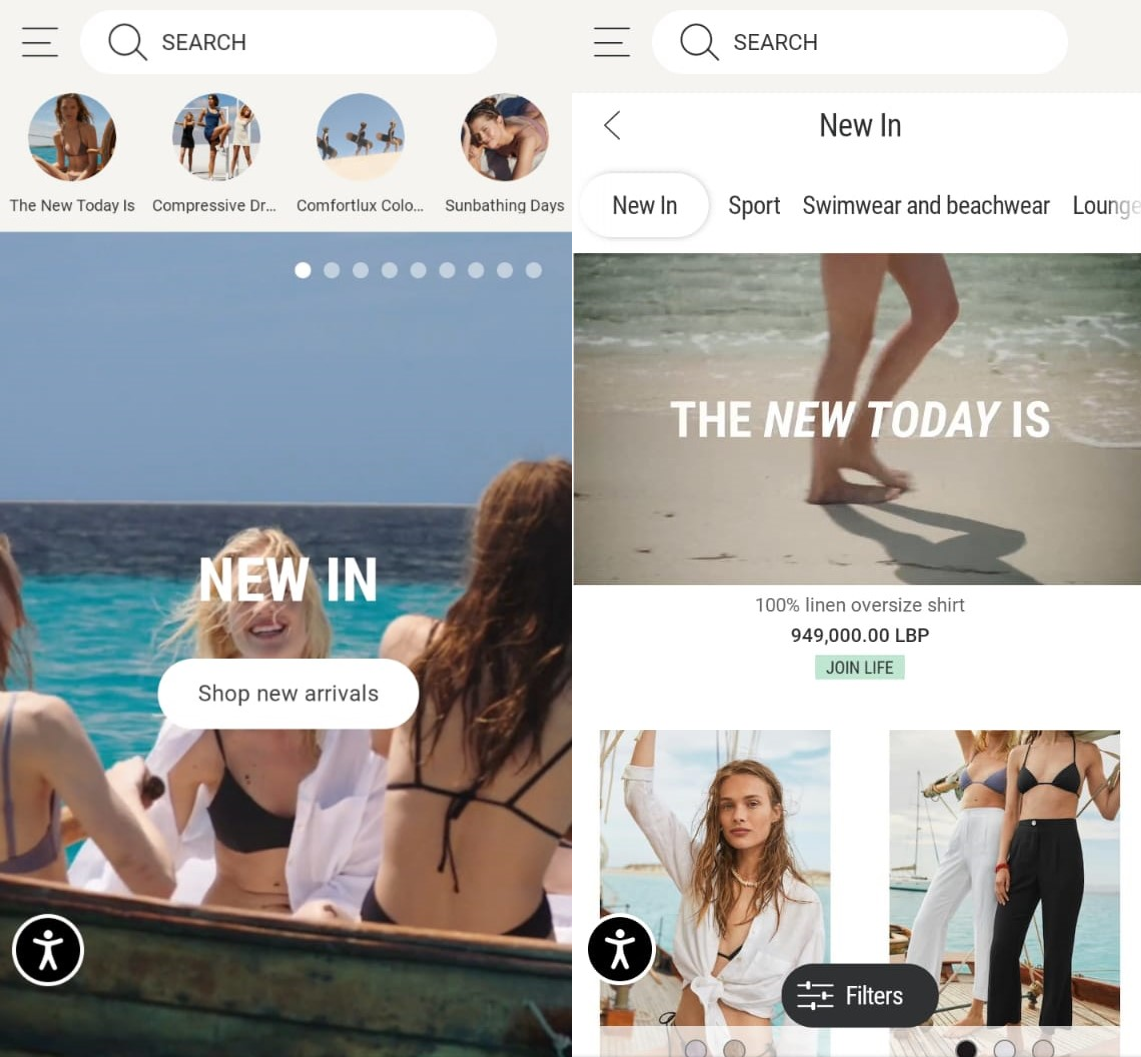
In a nutshell, the term "end user" is widespread in technology companies to define their employees who use products and services of different businesses. If you are a business owner, you now know how to improve user experience with your product or service by implementing our strategies.
Resources:
- This article defines the term and uncovers the difference between a customer and an end user.
- In this article, you'll find ten ways to enhance your end user experience.
- This article unveils the steps necessary to improve end user experience.
Last Updated: 22.03.2023

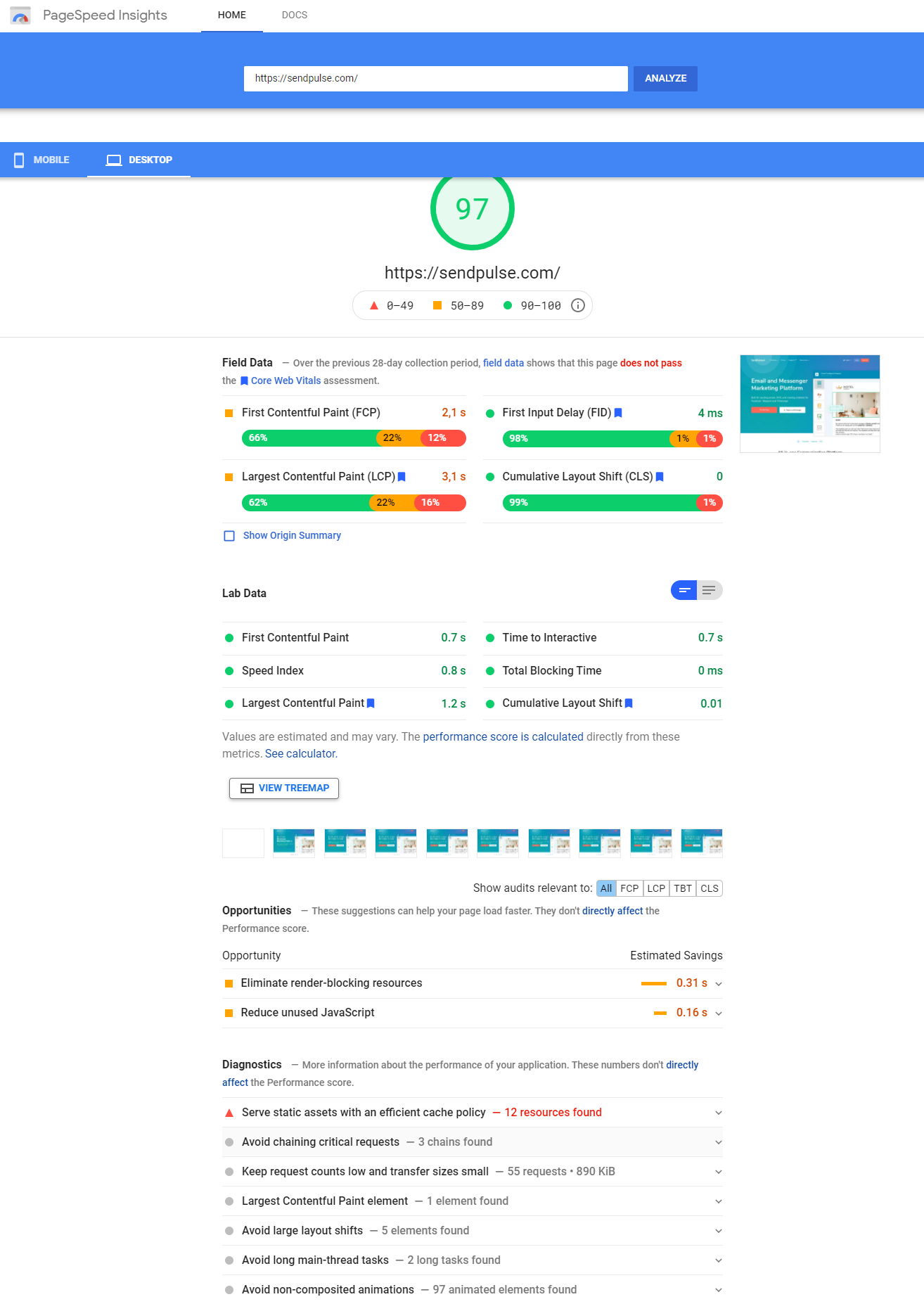
or